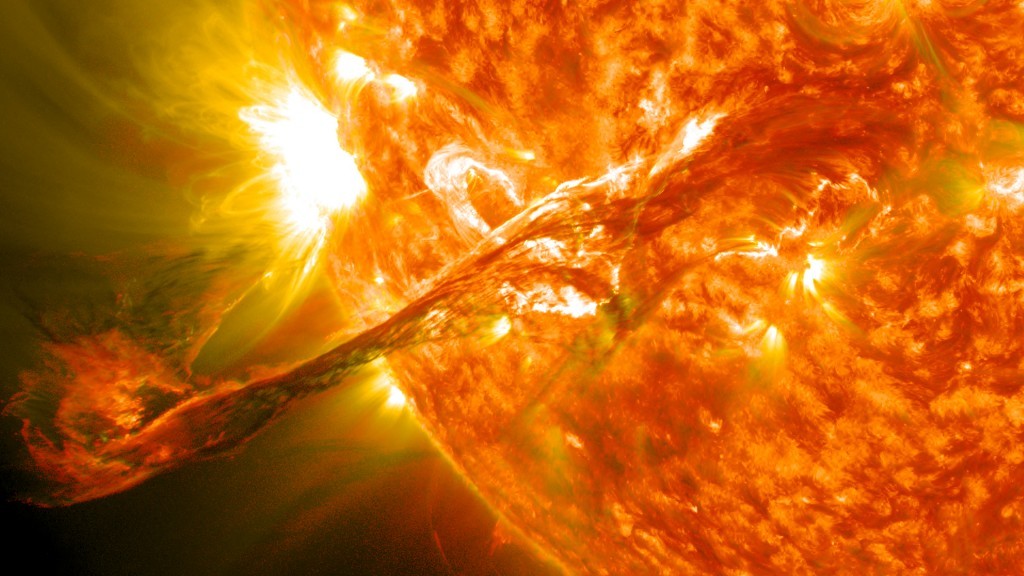
A “superflare” unleashed by the Sun could release energy equivalent to a billion one megaton nuclear bombs and threaten all the Earth’s communications and energy systems, scientists have warned.
The danger became apparent when astronomers observed a superflare on a star with alarmingly similar characteristics to ordinary solar flares.
Because the underlying physics of both appear the same, it suggests that the Sun could potentially produce a superflare 1,000 times more powerful than any flare previously reported.
Flares happen when magnetic energy that has built up in the solar atmosphere is suddenly released, causing a massive outburst of radiation.
Lead scientist Chloe Pugh, from the University of Warwick, said: “If the Sun were to produce a superflare it would be disastrous for life on Earth; our GPS and radio communication systems could be severely disrupted and there could be large-scale power blackouts as a result of strong electrical currents being induced in power grids.”
She added: “Fortunately the conditions needed for a superflare are extremely unlikely to occur on the Sun, based on previous observations of solar activity.”
The superflare studied by the team occurred on the binary star KIC9655129.
Using data from the American space agency Nasa’s Kepler space telescope, the scientists determined that it had wave properties identical to those seen in solar flares.
Co-author Dr Anne-Marie Broomhall, also from the University of Warwick, said: “This result is … an indication that the same physical processes are involved in both solar flares and stellar superflares. The latter finding supports the hypothesis that the Sun is able to produce a potentially devastating superflare.”
The research is reported in the Astrophysical Journal Letters.